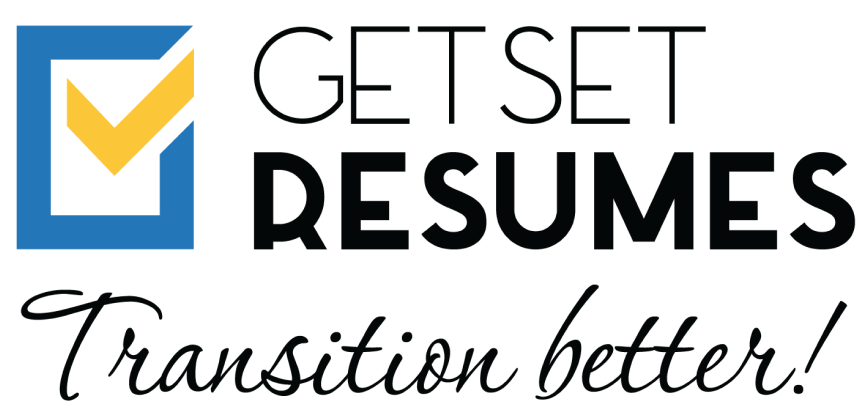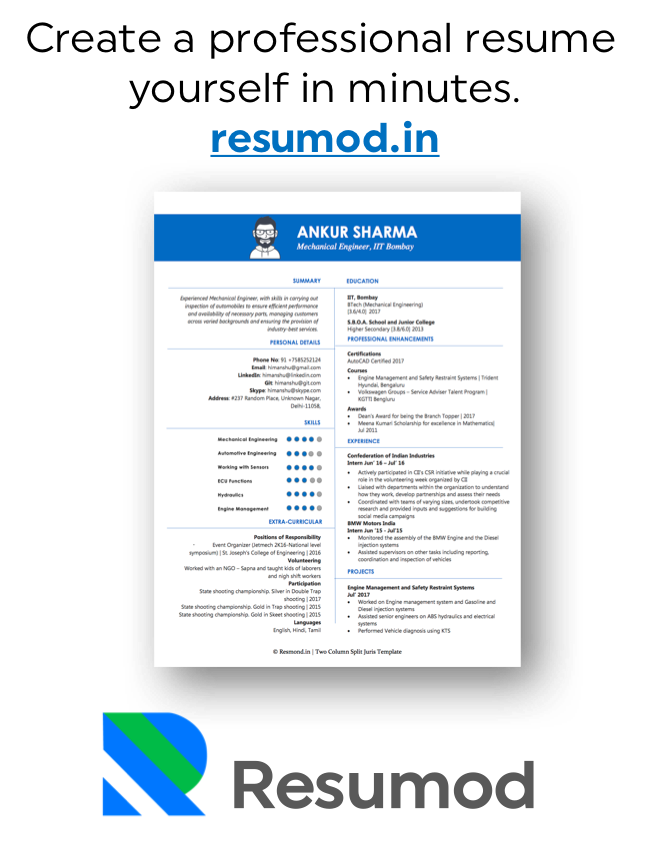In today’s competitive job market, landing an interview can be challenging. One crucial factor that can significantly impact your chances is ensuring that your resume effectively passes through Applicant Tracking Systems (ATS). These systems help employers manage and filter through a large number of resumes efficiently. To optimize your resume for ATS, understanding the power of keywords is essential. In this blog post, we will explore the significance of keywords and provide valuable tips, supported by statistics, to help you optimize your resume for applicant tracking systems.
Understanding Applicant Tracking Systems
Applicant Tracking Systems are software applications that automate and streamline the recruitment process. These systems scan resumes for specific keywords and criteria provided by employers. According to recent studies, around 98% of Fortune 500 companies use ATS to manage their hiring processes (1). It’s estimated that more than 75% of resumes are rejected by ATS before they even reach the hands of a human recruiter (2).
The Role of Keywords:
Keywords play a pivotal role in optimizing your resume for ATS. These are specific words or phrases that are relevant to the job description, industry, and skills employers are seeking. Including the right keywords in your resume increases the likelihood of it getting selected by the ATS and reaching the hands of the hiring manager. According to research, 75% of recruiters use applicant tracking systems to screen and rank resumes (3).
How to Write a Resume for ATS
Identifying Relevant Keywords:
To identify the most relevant keywords, carefully review the job description and make note of the skills, qualifications, and requirements mentioned. According to a survey conducted by Jobscan, a leading ATS optimization platform, 80% of resumes are initially screened by ATS for a match in skills and keywords (4). Pay attention to technical skills, industry-specific jargon, and soft skills mentioned. These are often the keywords that the ATS will be scanning for.
Strategic Placement of Keywords:
Once you’ve identified the relevant keywords, strategically place them throughout your resume. Incorporate them naturally in your professional summary, work experience bullet points, skills section, and even in your education section if applicable. However, avoid keyword stuffing, as it may appear unnatural and raise red flags for both the ATS and the human reviewer. According to Jobscan’s data, a resume with an appropriate keyword density has a 2.3 times higher chance of ranking high enough to be seen by human eyes (5).
Formatting Considerations:
When optimizing your resume for ATS, it’s crucial to choose the right format and structure. Using a simple and clean layout, with clearly labeled sections, helps the ATS extract information accurately. According to research by Ladders, a career advice and job search platform, 74% of resumes are rejected due to an unprofessional layout or formatting issues (6). Avoid using complex tables, graphs, or unusual fonts that can confuse the ATS and hinder keyword recognition.
Tailoring Your Resume for Each Application:
While it’s tempting to use a generic resume for multiple job applications, tailoring your resume to each specific job posting is highly recommended. Customize your resume by incorporating keywords from the job description into your skills and work experience sections. Highlight how your qualifications align with the employer’s requirements, giving your resume a better chance of getting noticed. According to a survey conducted by CareerBuilder, 61% of hiring managers prefer resumes customized to the specific job posting (7).
Final Thoughts:
Optimizing your resume for applicant tracking systems is crucial in today’s digital job search. By understanding the power of keywords and strategically incorporating them throughout your resume, you increase your chances of passing the ATS screening process. However, remember that while ATS optimization is important, striking a balance between ATS compatibility and human readability is equally essential. Take the time to craft a compelling resume that effectively showcases your qualifications and experiences, both for the ATS and the hiring manager’s review.
Conclusion:
In an era where technology has transformed the recruitment process, understanding the importance of keywords and optimizing your resume for applicant tracking systems is paramount. According to recent statistics, the majority of companies use ATS to manage their hiring processes, and the number of resumes rejected by ATS is significant. By identifying relevant keywords, strategically placing them, and tailoring your resume for each job application, you can significantly increase your chances of getting noticed and securing that coveted interview.
References:
- Study by Jobscan – JobScan
- Source: Talent Board’s 2019 Candidate Experience Benchmark Research Report
- Source: iCIMS – ICIMS
- Source: Ladders – theLadders
- Source: CareerBuilder – CareerBuilder




Thanks for finally writing about > The Power
of Keywords: Optimizing Your Resume for ATS (Applicant Tracking Systems) – Get Set Resumes Blog < Liked it!
Excellent blog! Do you have any suggestions for aspiring writers?
I’m planning to start my own blog soon but I’m a little lost on everything.
Would you advise starting with a free platform
like WordPress or go for a paid option? There are
so many options out there that I’m completely overwhelmed
.. Any ideas? Appreciate it!